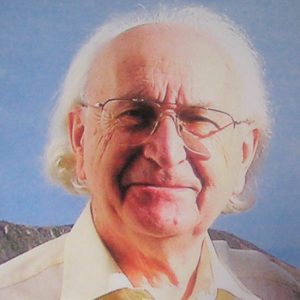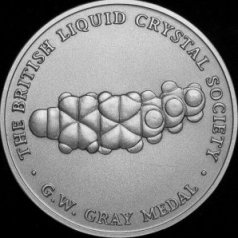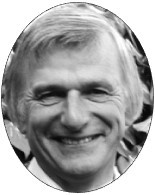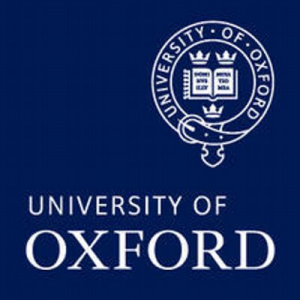
Interested people attending the event talk to our LC experts.
As part of our EPSRC-funded project, Control of free-surface flow morphologies in anisotropic liquids, we recently organised the public outreach event, Beyond the Display: The Science of Liquid Crystals, as part of this year’s Glasgow Science Festival.
The event took place at the Riverside Museum in Glasgow, where the history of transportation in Glasgow surrounded our stall. We spent the day transporting museum visitors, away from the old subway carriages and buses, into the world of liquid crystals.
We had three main activities; a portable microscope focused on the liquid crystal display of an old iPad, a table of chiral nematic liquid crystal thermochromic sensors, and an isotropic droplet race. The portable microscope, purchased with money provided by the BLCS outreach fund, illuminated the pixels of the iPad. The detail of the sub-pixel domain was visible, and visitors focused the microscope on different colours on the iPad screen, causing an immediate and interactive change in the pixels displayed on the microscope. The thermochromic sensors allowed us to interactively move from the nematic phase into a chiral nematic phase. The colour changes induced by splatting a hand or fingering on the sensors were explained in terms of the unwinding of the helical order.
Our final exhibit, the excitingly named droplet race, took a slightly different and isotropic route. Akhshay had coated half of a glass plate with a hydrophobic coating made of silicon nanoparticles, and the other half was left uncoated. Children (and a few adults, including the BLCS chair, Nigel Mottram) had fun picking sides before dispensing droplets of food colouring onto their chosen side. The droplets on the hydrophobic side bounced to the finish line, while the droplets on the uncoated side turned into a slow-moving trickle and promptly lost the race.
We finally tied the liquid crystal and the droplets together, talking to visitors about our ongoing work on the Control of free-surface flow morphologies in anisotropic liquids.
Further information about our project can be found in the outreach article we published last year with Futurum (https://doi.org/10.33424/FUTURUM287). Overall, the event was a great success, with around a hundred children, parents, BLCS Chairs, and adults with learning difficulties visiting our stall. We want to say a big thank you to the support of the BLCS and the EPRSC for allowing us to host this event.
Joseph Cousins (Joseph.Cousins@glasgow.ac.uk) and Akhshay Bhadwal (akhshay.bhadwal@ntu.ac.uk)
Information about the BLCS Outreach fund can be found on the BLCS webpages






